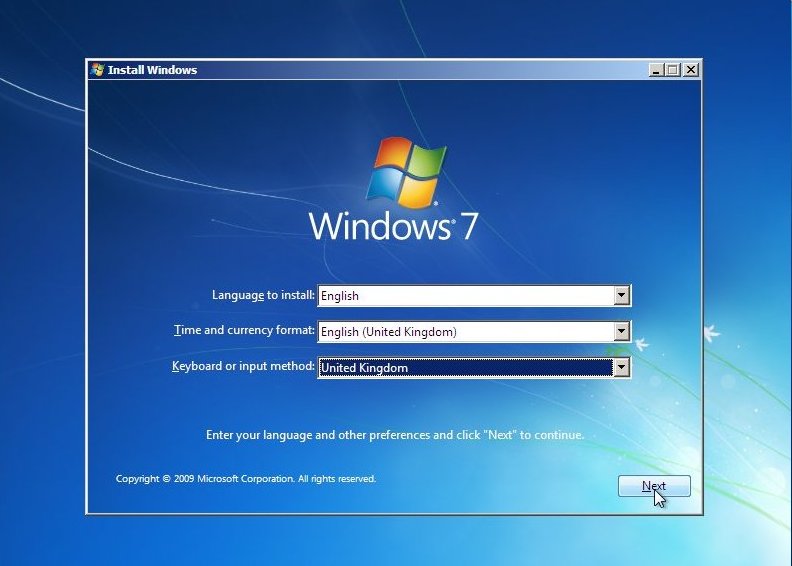

When the refresh has completed your computer should restart, leaving all of your documents and personal files in-tact.It should take around 15 minutes to complete. Scroll down the page until you see “Refresh your PC” and click “Get Started.”.Click on the “Settings” tab, press “Change PC Settings,” and then navigate to “General.”.Press “Win-C” or navigate to the Charms Bar in either the top right or bottom right of your screen.

A refresh will remove all of these programs and leave your computer with only the essentials and your personal files. When you’ve packed your computer full of applications and video games no doubt the speed suffers and makes your system less responsive. Refreshing Windows 8 is like conducting a spring clean. However, your computer will be reverted back to its default settings and will delete downloaded and installed programs. Refreshing Windows 8 allows you to keep all of your personal files and purchased applications from the Windows Store. This is essentially an OS reinstall that doesn’t affect your personal files, while a full reset will delete everything. Note: If none of these simple solutions work, in the vast majority of circumstances a refresh will be all that’s required. If cleaning up your computer solves the problem you won’t need to reinstall your OS. In addition, if the issue you’re encountering only started occurring after you installed a certain program, uninstall it. To do this delete any unnecessary files or software and defragment your system. If you’re simply suffering from overly slow loading times, then you may just need to free up some disk space instead. Troubleshooting Windows 8īefore you begin, you must troubleshoot the problem to determine whether your operating system is the cause of your system’s erroneous behaviour. But in order to assess the severity you must first find the root of the problem. The option you choose should depend on the severity of the situation. Each option caters to two different scenarios. Windows 8 has two different reinstall options refresh and reset. Windows 8 doesn’t have this problem as it contains in-built reinstallation applications designed with simplicity in mind. It involved installing the new OS using a disk, and then activating it with a product key that was only available via direct mail or telephone. Historically, re-installing Windows operating system was a complex and time consuming process that was virtually impossible for a novice. You no longer have to call out a professional and spend an excessive amount of cash on repair bills and with a little know-how, you can completely reinstall the operating system yourself. In the past if you had a serious issue with your Windows operating system (OS), reinstalling it required specialist knowledge however, with Windows 8 Microsoft has made the process much easier.


 0 kommentar(er)
0 kommentar(er)
